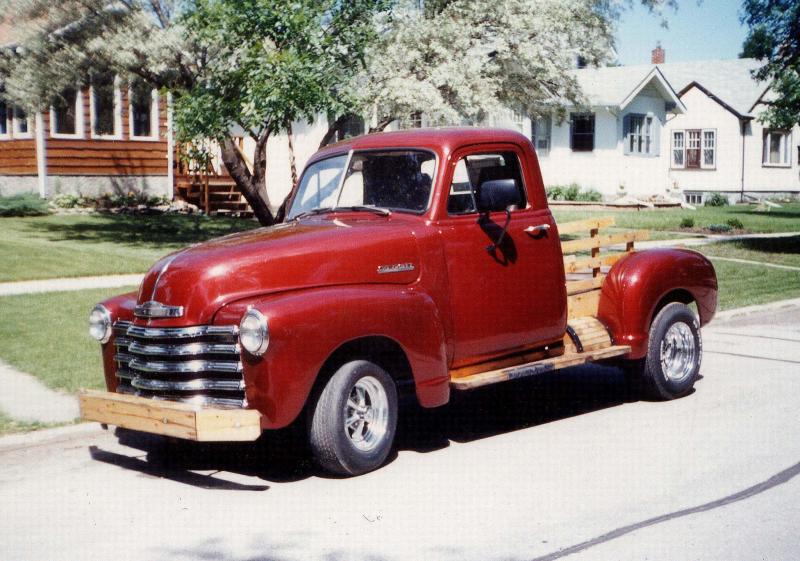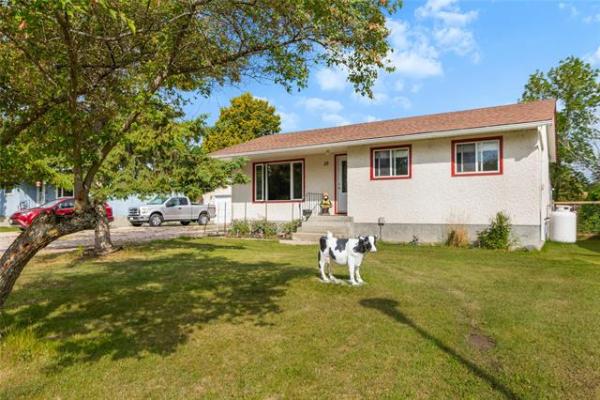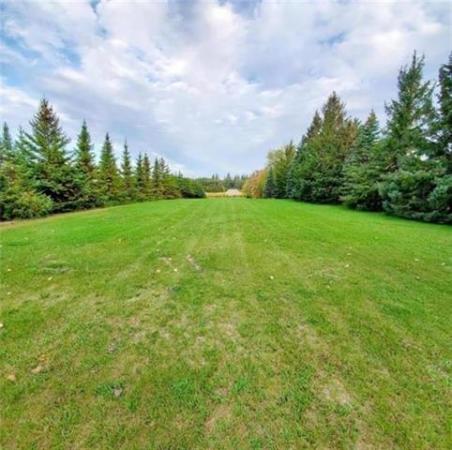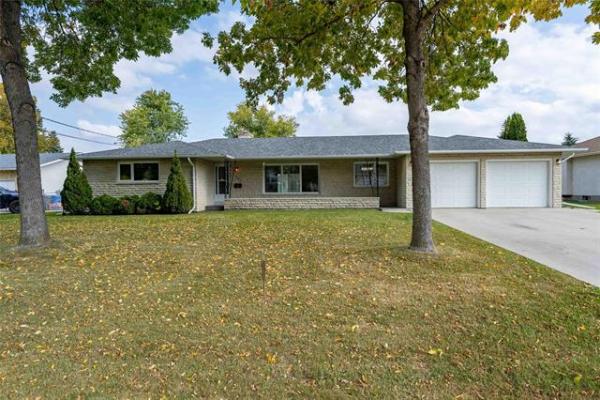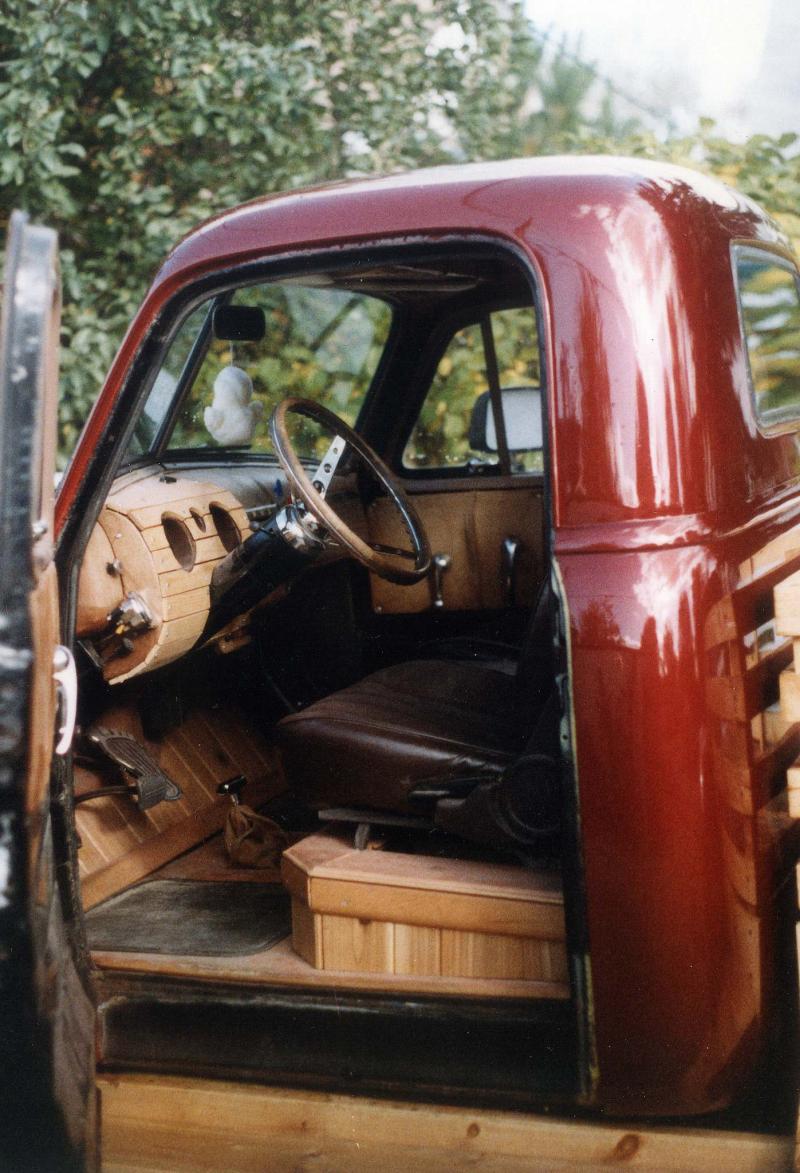
The interior showcases a cedar fascia, floor and firewall, along with a custom ‘barrel’ dash.
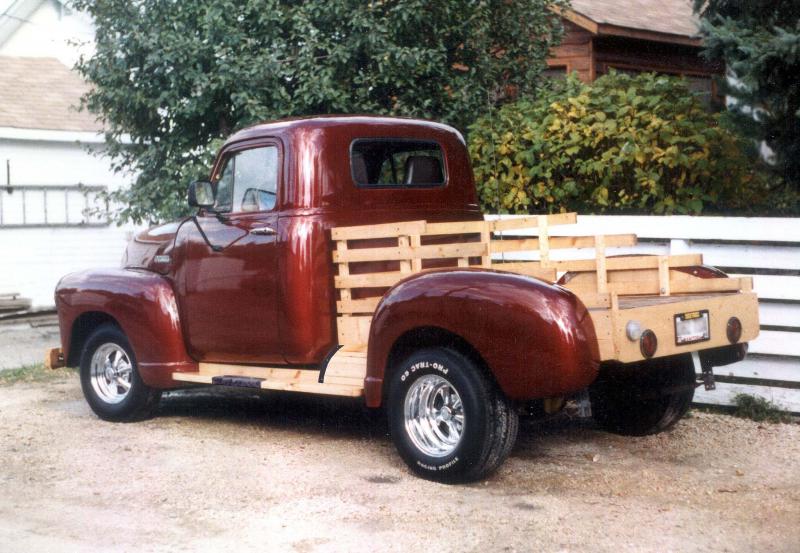
The rear box and mounted rear fenders basically amount to a small deck built atop the truck’s rear chassis.
Don’t let the photos confuse you — this is indeed the Homes section.
While flipping through an old photo album (no, not a euphemism for "going though pics on my iPhone" — an actual album with real photos), I stumbled across a few shots of the first vehicle I bought when I was 16 years old. Affectionately known as "the Duck Truck" throughout my high school years (it was bright canary yellow when I bought it), my 1952 Chevy half-ton was an after-school distraction, an on-going work in progress for a few years. It wasn’t until the mechanical aspects of my truck were sound that I realized my true passion lie in the custom designing and wood-working to come.
There’s absolutely no way this vehicle would have passed a safety inspection by today’s standards. However, mandatory "safeties" had not yet been implemented when this vehicle was purchased. My dad was a huge help throughout the buying process. Of course, he always believed his son’s first car would be something practical, road worthy upon purchase and could be driven all year round. Unfortunately for him, I fell for this old truck the moment I saw it, despite its impracticalities, and the nurturing love affair ensued.
With a straight-six engine under the hood and a Powerglide transmission attached to a short shifter in the cab, this combo truly served my purposes without complaint. But how could I truly make this truck my own?
I rechromed whatever I could and replaced the existing rims with new chrome mag wheels. The box of the truck had been custom made from wood and was the width of the truck — I decided to expand upon this idea by making the box narrower and attaching original rear fenders (if they could be found) to the narrower box.
Luckily, a gentleman just south of Winnipeg had a graveyard of old ’52s just lying around. I grabbed two fenders that were in the best shape and brought them to my auto body guy when it was time to change the bright yellow paint into a classier deep wine colour.
The real fun began after that.
The interior was gutted. A ’73 Lemans dash cluster was installed. Camaro bucket seats replaced the old bench seat and a drop-down ceiling was framed-in to house a top-of-the-line cassette deck and EQ, while huge speakers and a power amp were strategically hidden behind the seats.
Tanned hide was used to cover the dash, door panels and drop ceiling fascia. The dash cluster was framed in such a way that when assembled, it would mimic a barrel by using thin, half-inch by two-inch boards.
I believe two, orange Lite-Brite pegs were used as turning indicator lights — remember those?
The firewall, flooring and framing around the base of the bucket seats were adorned in cedar, carefully mitered to follow every contour accordingly.
As for the exterior, what wasn’t painted or chromed was fashioned from natural wood. The front bumper was a two-by-eight with mitered ends and bolted to the frame. The step rails on either side were two-by-10s, attached to mounts located behind the front fenders and all along to the front of each back fender. The truck box was no more than a small deck built atop the truck’s rear chassis. Cross joists were fastened to the truck frame and two-by-six boards were laid front to back as top decking.
A simple two-by-two post design, which gradually accrued in height from the back of the truck to behind the cab, allowed horizontal one-by-threes to serve as the sides and back of the truck box. One-by-eight boards were affixed to each side of the truck, level with the top decking to serve as fascia and a one-by-10 board was used as the rear fascia where the truck’s back lights and reverse light were mounted.
As a final touch, small partial faux-barrels were built and added to either side of the truck, just behind the cab to fill the gap between the step-rails and side fascia of the box.
After several glossy coats of transparent, waterproof wood protector were applied, the ’52 Chevy half-ton was ready to roll.
I realize now that the wood-working skills I use today were honed on the customizing of this truck. There were many instances of trial and error, but when it was all said and done the truck became something unique, a reflection of my vision and design.
The countless hours spent in the backyard of my parents’ house, toiling over the truck’s details now symbolize what can result when you strive to achieve a goal, despite the hurdles you may encounter. I take these experiences with me to the job site every day.
Sometimes I wish it was still my old ’52 getting me there.
BossEnterprise@outlook.com

